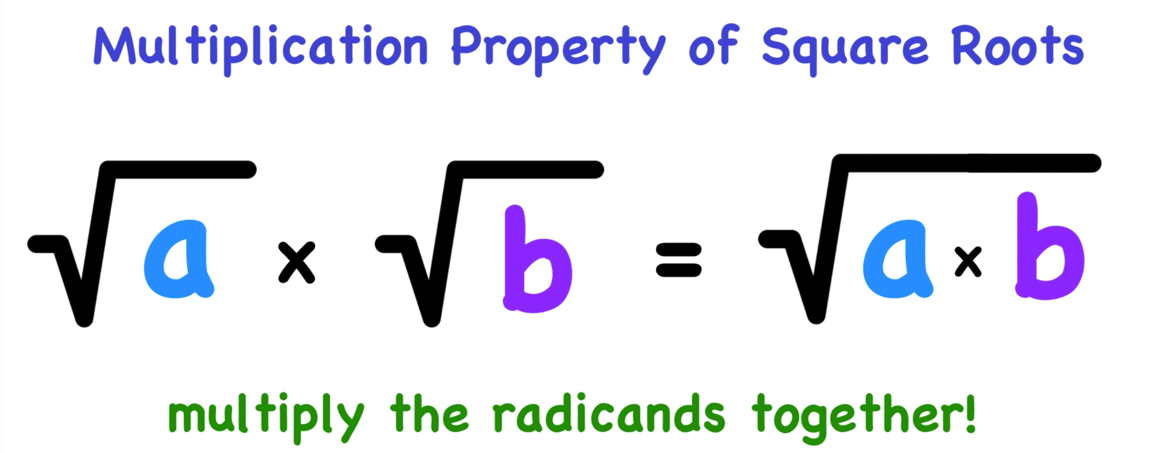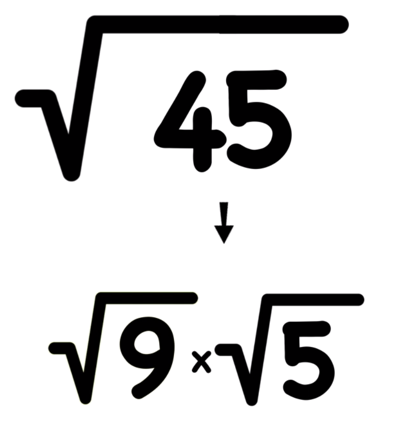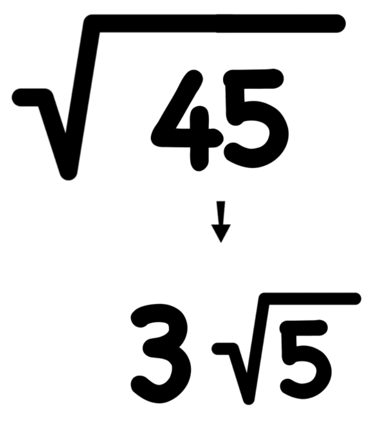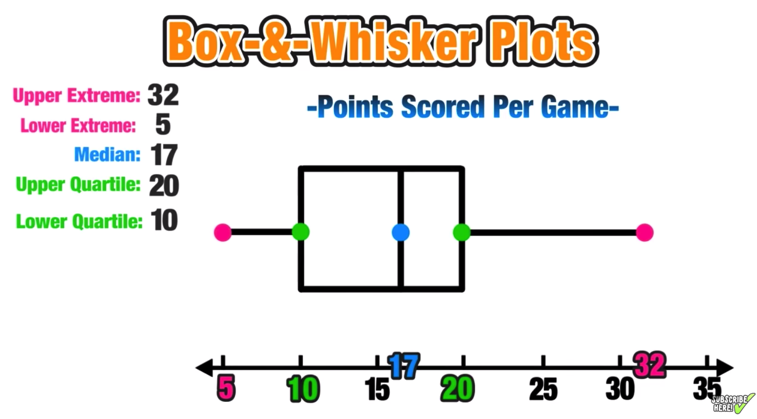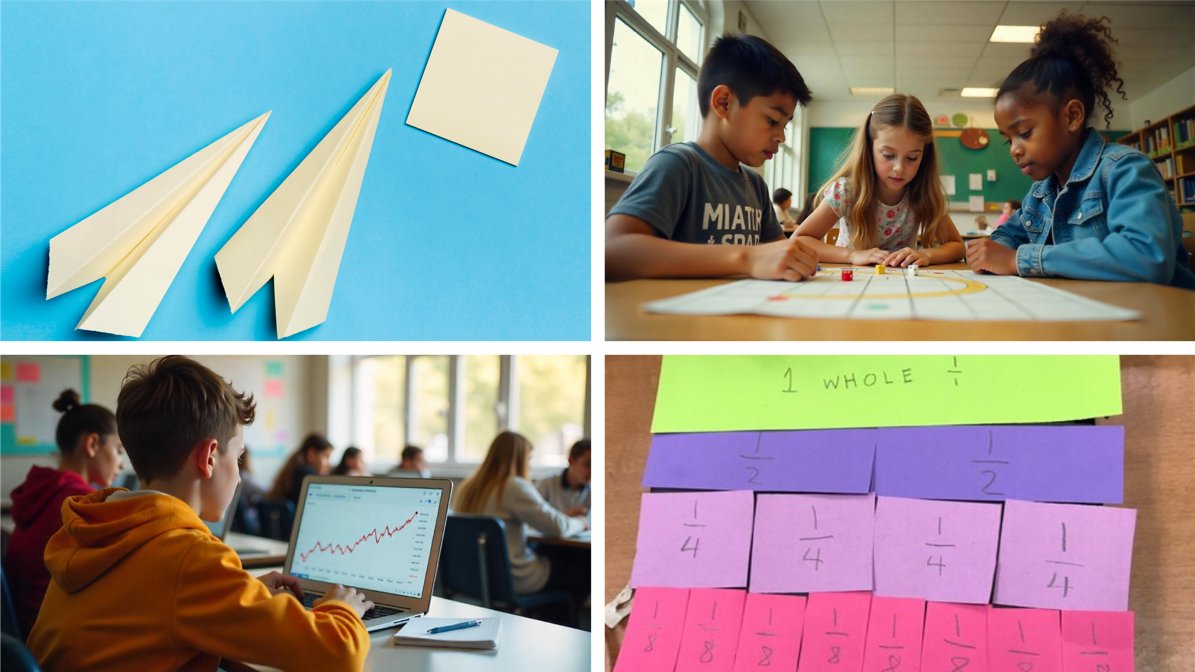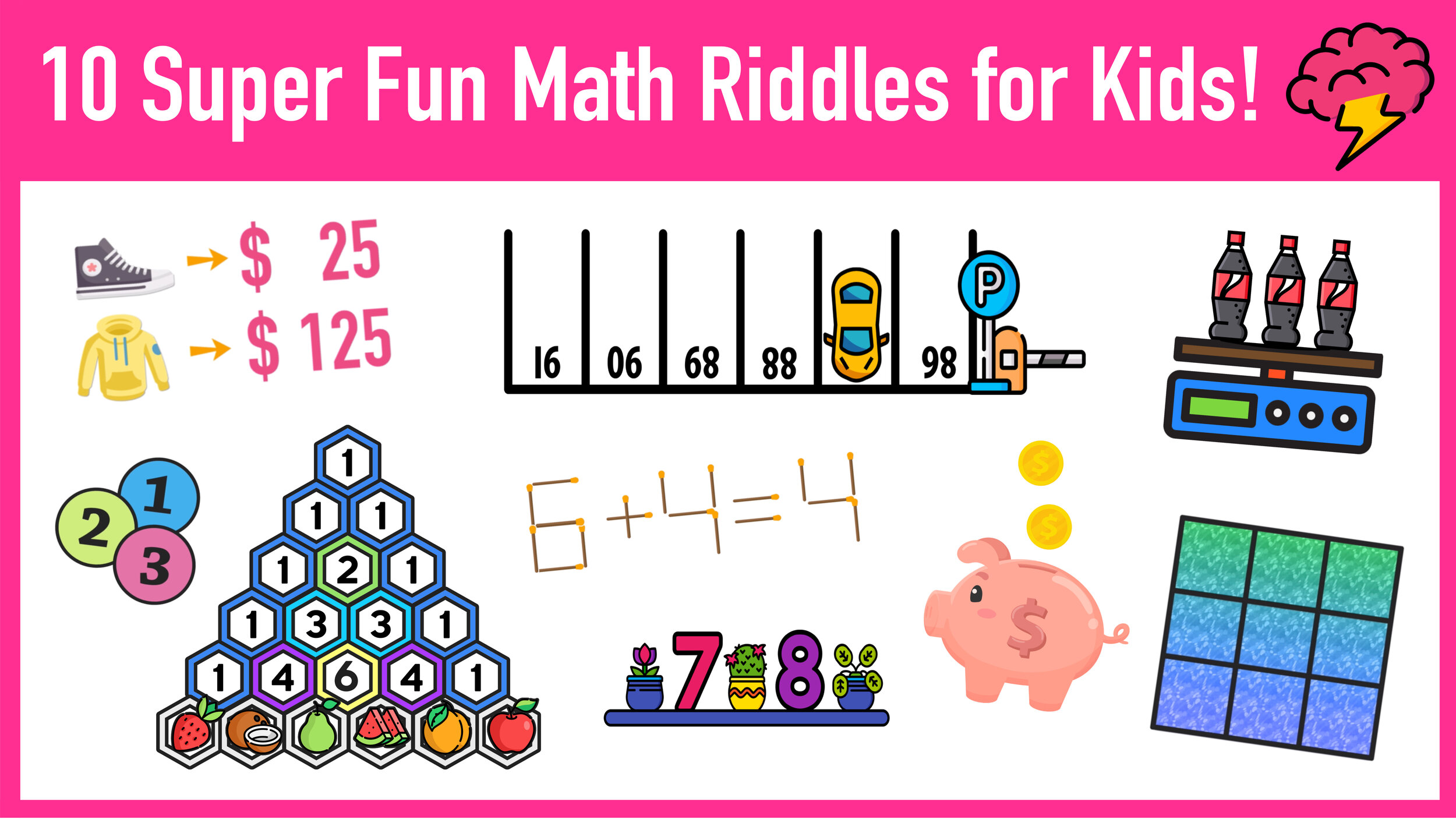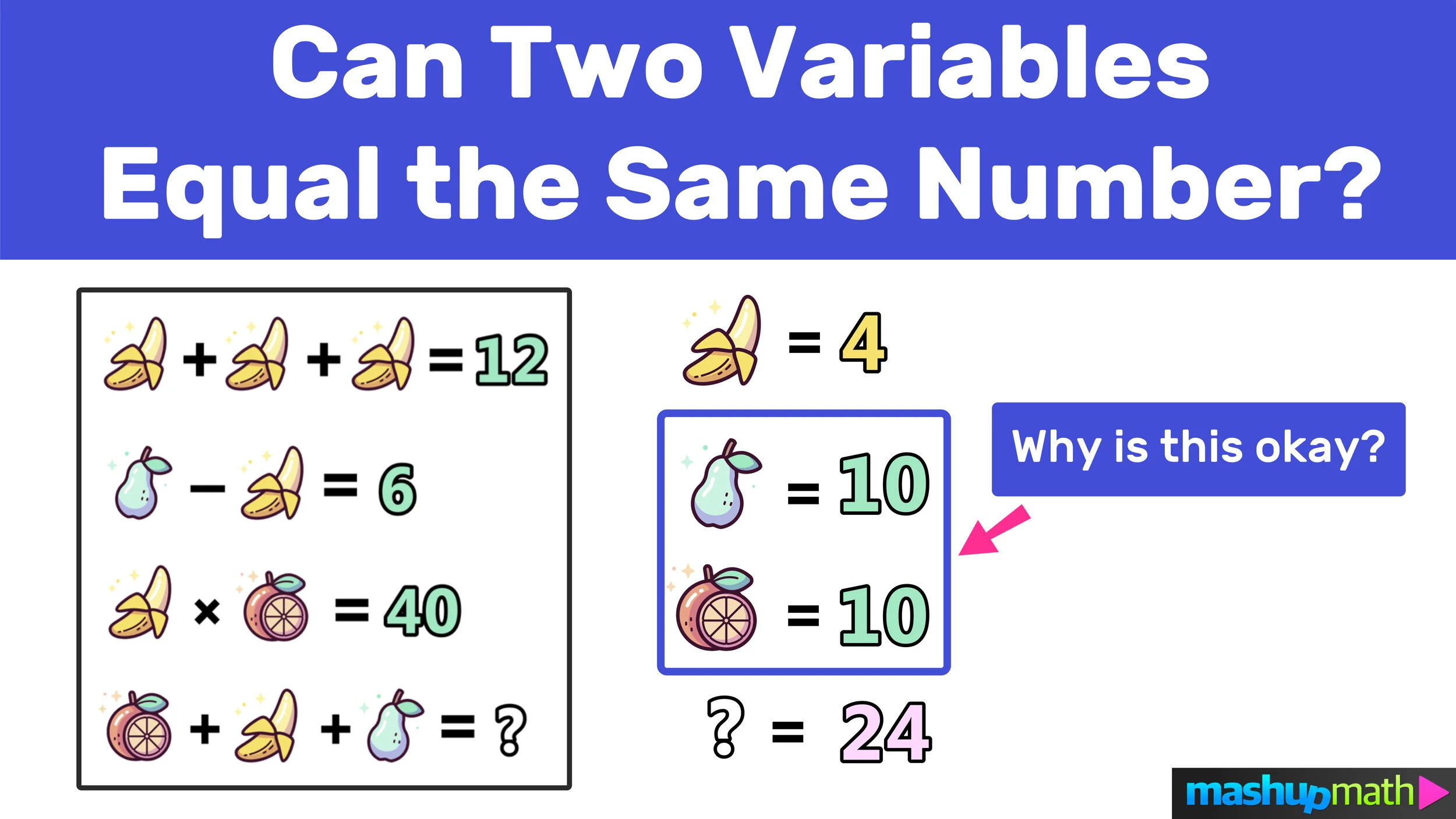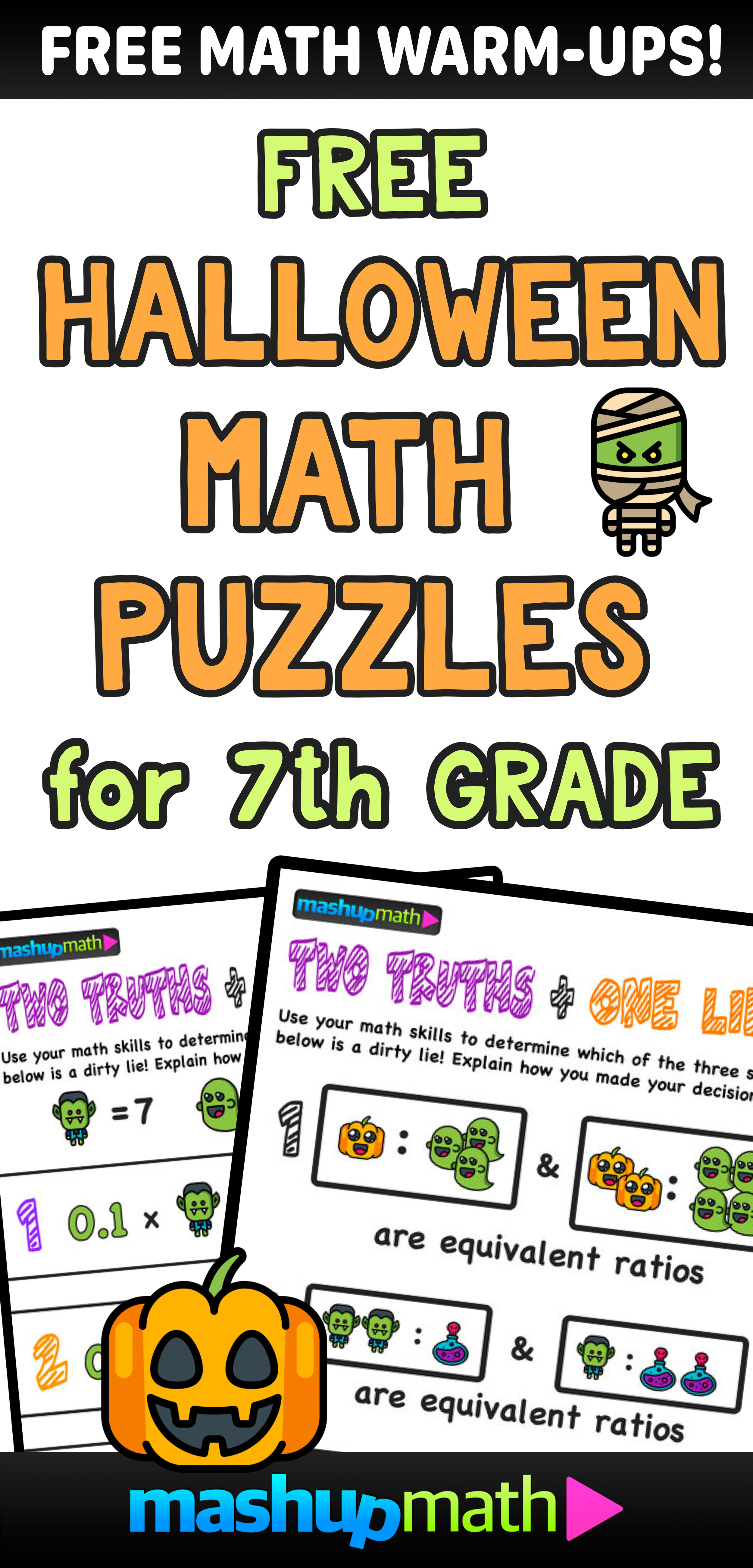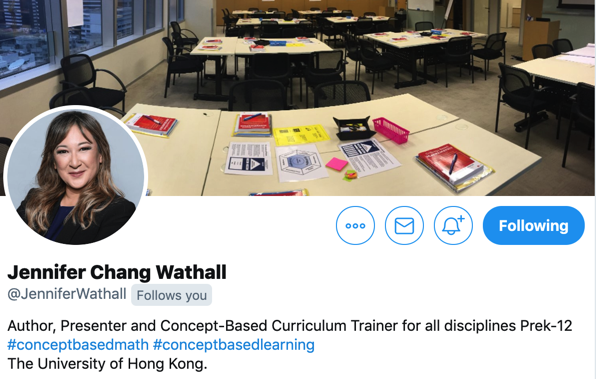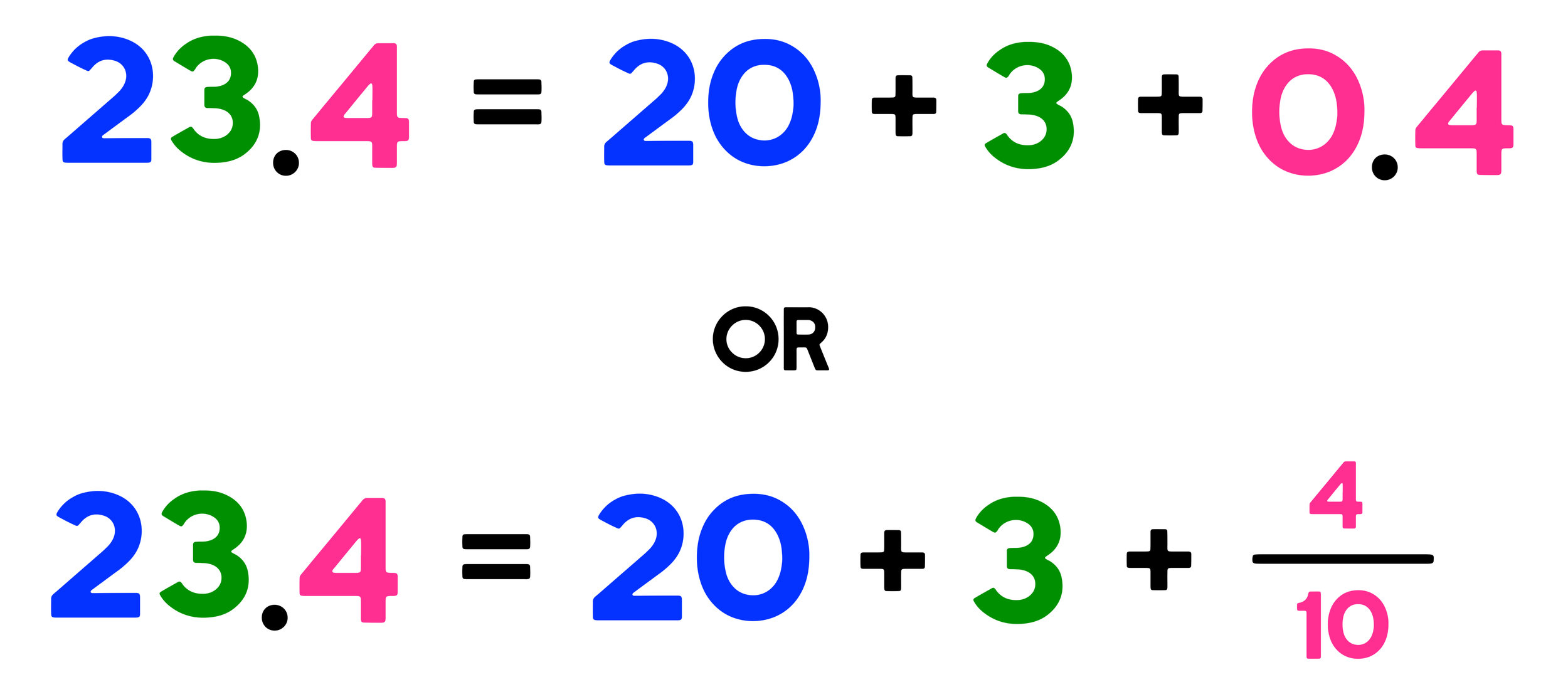Learn How to Multiply Radicals and How to Multiply Square Roots in 3 Easy Steps (Free Worksheet Included)
Learn How to Multiply Radicals (and How to Multiply Square Roots) in 3 Easy Steps
Before you learn how to multiply radicals and how to multiply square roots, you need to make sure that you are familiar with the following vocabulary terms:
Radical vs. Radicand
The radical is the square root symbol and the radicand is the value inside of the radical symbol. The radicand can include numbers, variables, or both.
The Multiplication Property of Square Roots
The key to learning how to multiply radicals is understanding the multiplication property of square roots.
The property states that whenever you are multiplying radicals together, you take the product of the radicands and place them under one single radical.
For example, radical 5 times radical 3 is equal to radical 15 (because 5 times 3 equals 15).
How to Multiply Radicals and How to Multiply Square Roots Example
Now let’s take a look at an example of how to multiply radicals and how to multiply square roots in 3 easy steps.
Problem:
Step One: Simplify the Square Roots (if possible)
In this example, radical 3 and radical 15 can not be simplified, so we can leave them as they are for now.
Step Two: Multiply the Radicands Together
Now you can apply the multiplication property of square roots and multiply the radicands together. In this case, radical 3 times radical 15 is equal to radical 45 (because 3 times 15 equals 45).
Step Three: Simplify the Result (if possible)
The third and final step is to simplify the result if possible.
Can radical 45 be simplified?
The answer is yes.
Since radical 45 is equal to radical 9 times radical 5, and because radical 9 is equal to 3 (since 9 is a perfect square), we can simplify radical 45 to 3 times radical 5 (see the diagram below for a more detailed look on how to simplify square roots).
Finally, we can conclude that the final answer is:
Looking for more sample problems? Check out the free video lesson below to learn more about how to multiply radicals and how to multiply square roots :
How to Multiply Radicals and How to Multiply Square Roots Worksheet (with Answer Key)
Are you looking to get some more practice with multiplying radicals, multiplying square roots, simplifying radicals, and simplifying square roots?
Click the link below to access your free practice worksheet from Kuta Software:
Free Multiplying Radicals Worksheet
Share your ideas, questions, and comments below!
(Never miss a Mashup Math blog--click here to get our weekly newsletter!)
Keep Learning:
By Anthony Persico
Anthony is the content crafter and head educator for YouTube's MashUp Math . You can often find me happily developing animated math lessons to share on my YouTube channel . Or spending way too much time at the gym or playing on my phone.





